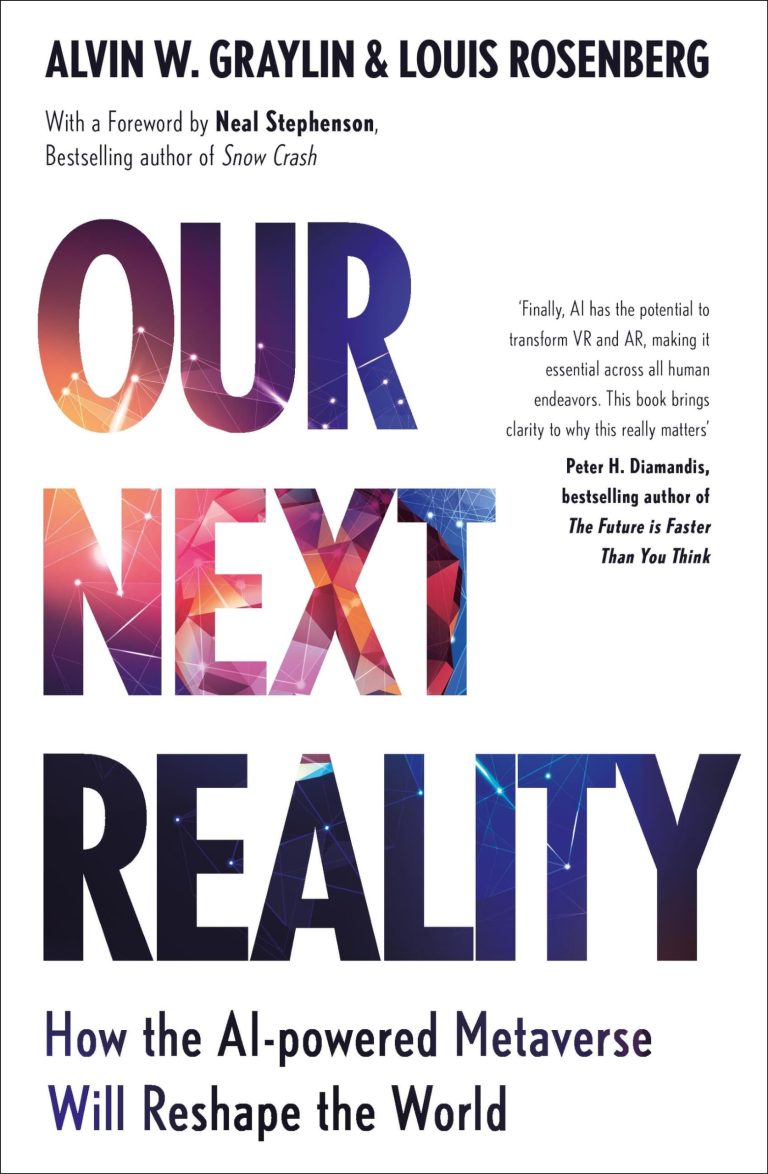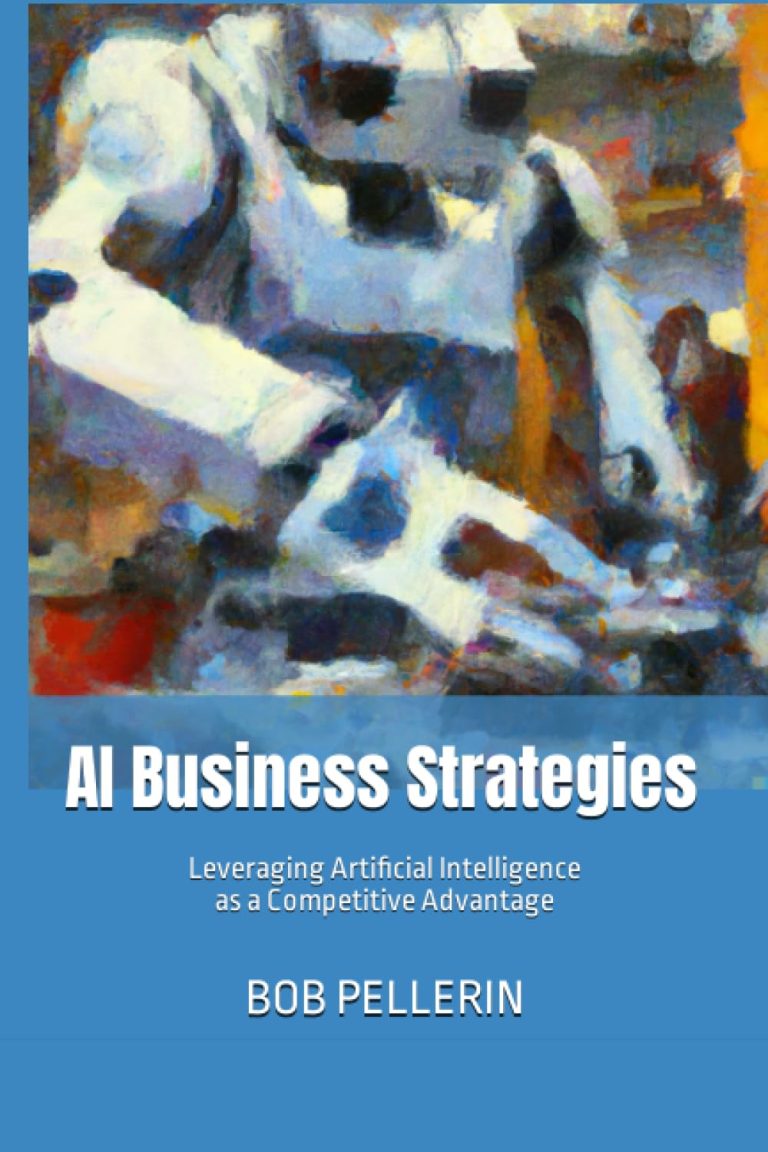
Now loading...
In a significant advancement for the film and creative industries, Luma AI unveiled its latest video generation tool, Ray3, in collaboration with Adobe on Thursday. This innovative model is now available to users of Adobe Firefly, the company’s generative-AI application. For a limited time, subscribers to Firefly’s paid service will enjoy complimentary access to unlimited AI-powered video features, with a pricing structure set to take effect after two weeks. Meanwhile, major clients such as film studios and streaming services can acquire Ray3 directly for their projects, positioning Luma to become an essential asset in the industry.
Luma AI, backed by major investors like Amazon and a16z, aims to elevate the realism of AI-generated cinematic video amid fierce competition from companies such as Runway AI and Google’s Veo. The hope is that producers will leverage these tools to create video content without the need for traditional filming, thereby streamlining production processes and reducing costs. The effectiveness of the AI-generated footage will play an important role in its adoption, raising questions about the potential for AI to replace conventional shooting methods.
Since its debut in early 2024 with the Dream Machine, Luma has introduced a series of models that have progressively enhanced the capabilities of short-form video creation through simple text commands. Ray3 takes this evolution further, producing high-quality, dialogue-free videos that last up to ten seconds while offering a more lifelike appearance.
In a recent discussion with The Hollywood Reporter, Luma AI CEO emphasized that Ray3 is “the most intelligent video model on the market,” highlighting its capacity to self-analyze and refine its performance on tasks without requiring ongoing adjustments from users. The CEO challenged, “If coders can work with intelligent models, why shouldn’t creators have access to them as well?” He demonstrated the model’s sophistication with a complex sequence request featuring characters interacting with colored light and culminating in an explosion—tasks that would typically overwhelm existing video tools.
Additionally, Ray3 introduces a feature that allows users to sketch directly on images, outlining character movements that the AI then brings to life through generated video.
Adobe’s vice president of new GenAI business ventures, Hannah Elsakr, expressed enthusiasm about Ray3’s integration into the Firefly application. She noted that this powerful video model is set to inspire creativity and transform production workflows, inviting users to explore the possibilities it offers for realizing their artistic visions.
While Luma AI makes strides in the market, Google’s Veo 3 holds a leading position, benefiting from the tech giant’s extensive resources and remarkable training capabilities derived from millions of YouTube videos.


